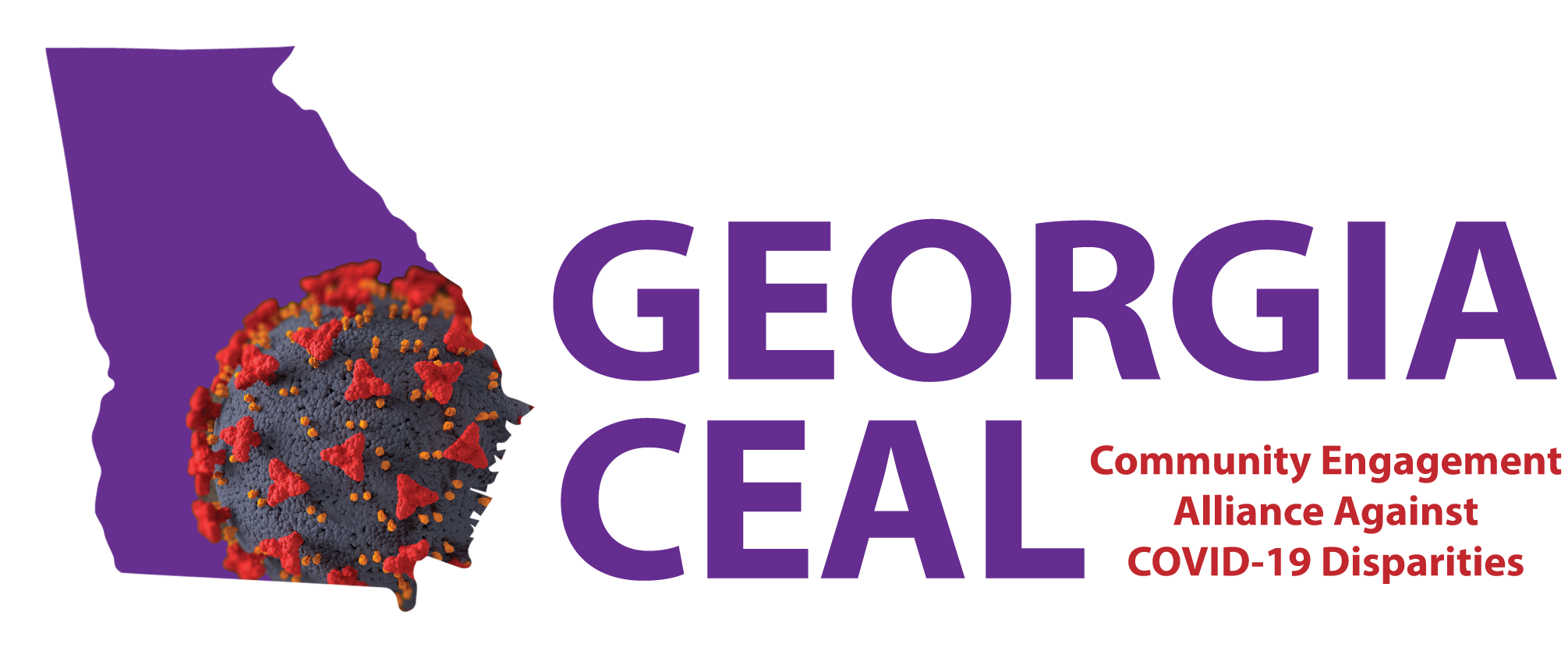About Covid-19

What is COVID-19?
COVID-19 is caused by the virus severe acute respiratory syndrome coronavirus 2 (SARS-CoV-2), a new virus in humans causing respiratory illness which can be spread from person to person.
COVID-19 is primarily transmitted from person to person through respiratory droplets. These droplets are released when someone with COVID-19 sneezes, coughs, or talks. Infectious droplets can land in the mouths or noses of people who are nearby or possibly be inhaled into the lungs. A physical distance of at least 1 meter (3 ft) between persons is recommended by the World Health Organization (WHO) to avoid infection,1 whereas CDC recommends maintaining a physical distance of at least 1.8 meters (6ft) between persons. Respiratory droplets can land on hands, objects or surfaces around the person when they cough or talk, and people can then become infected with COVID-19 from touching hands, objects or surfaces with droplets and then touching their eyes, nose, or mouth. Recent data suggest that there can be transmission of COVID-19 through droplets of those with mild symptoms or those who do not feel ill.
The estimated incubation period is between 2 and 14 days with a median of 5 days. It is important to note that some people become infected and do not develop any symptoms or feel unwell.1
Symptoms of COVID-19
The mostly commonly reported symptoms of COVID-19 include:

Fever or chills

Cough

Difficulty breathing

Fatigue

Headaches

Nasal congestion or
runny nose

Muscle or body aches

Sore throat

Loss to taste or smell

Nausea, vomiting, or diarrhea
High-Risk Populations for COVID-19
The risk of severe disease increases steadily as people age. Additionally, those of all ages with underlying medical conditions (including but not limited to heart disease, diabetes, or lung disease) appear to be at higher risk of developing severe COVID-19 compared to those without these conditions. As more data become available, additional risk factors for severe COVID-19 may be identified.
COVID-19 in Georgia

Daily COVID-19 Rates in Georgia -access current data here
COVID-19 Vaccination Rates in Georgia – GA DPH Vaccine Distribution Dashboard
Join Georgia CEAL as we work to improve vaccine uptake across Georgia!
Preventing COVID-19
Practicing these recommendations will help prevent COVID-19:
- Avoid touching your eyes, nose, and mouth
- Avoid contact with anyone who is sick or may feel sick
- Stay at home, and away from others, if you feel sick
- Use a face covering when physical distancing is difficult or when entering closed spaces
- Physical distancing should be at least 1 meter (3 ft)
- Clean and disinfect frequently touched objects and surfaces often
- Incorporate good hand hygiene into your daily routine:
- Wash your hands with soap and water. The World Health Organization
recommends washing hands for 40-60 seconds.
- Wash your hands with soap and water. The World Health Organization
- When hand washing is not available, use a hand sanitizer
- Hand sanitizers should contain at least 60% alcohol2
